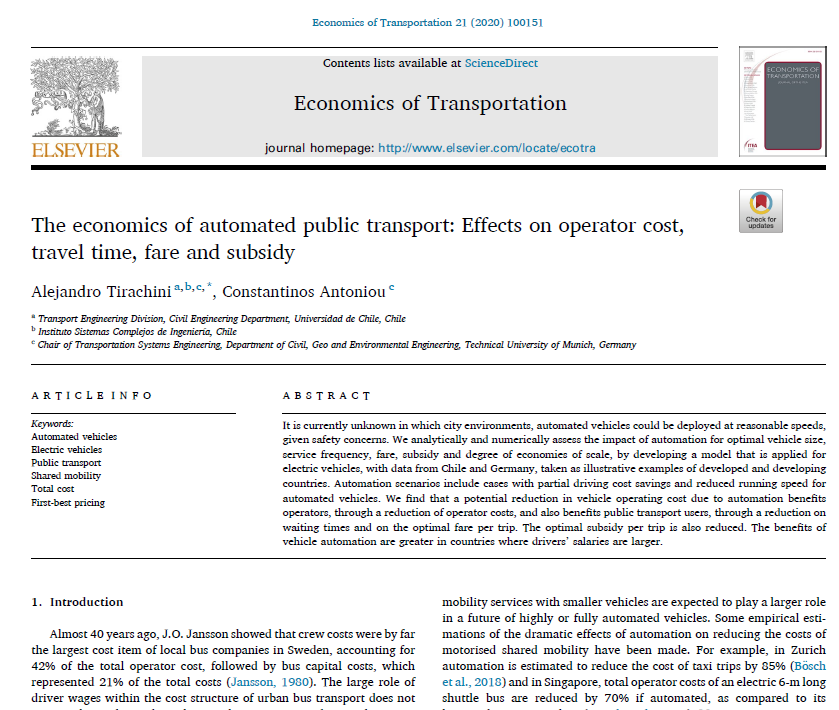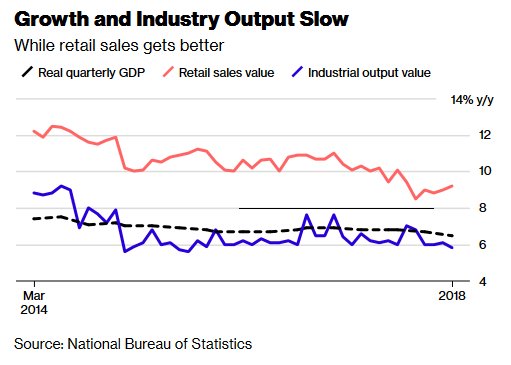(video: #robobus in Helsinki)
Is a cost reduction expected due to automation? And if so, who should benefit from it and how?
All current automated shuttle pilots are slow, running at no more than 20 km/h in areas with little traffic.
automated vehicles, due to the reasons explained before.
We found that a potential reduction in vehicle operating cost due to automation benefits three parties:
i. The bus operators, through a reduction of operator costs.
authors.elsevier.com/a/1aHOZ7sz0waV…
Thread end.
@Transport_ELS






